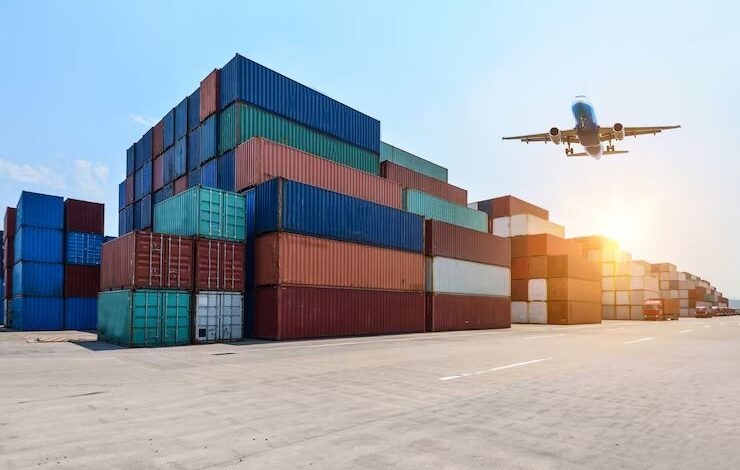
Zimbabwe recorded a significant boost in export earnings in April 2025, with a 13.6% increase to US$662.6 million from US$583.1 million in March, according to the latest data released by the Zimbabwe National Statistics Agency (ZimStat). The figures also revealed a 4.5% decline in imports, which fell to US$781.3 million during the same period. This shift narrowed the country’s trade deficit from US$235.2 million in March to US$118.7 million in April.
The improved trade performance points to stronger export activity and a slight easing in import demand, contributing to more stable external balances.
ZimStat’s service statistics manager, Ms Mabel Chimhore, presented the data, highlighting that industrial supplies dominated the export portfolio for the month. “Of the total value of exported goods of US$662.6 million, industrial supplies comprised 92.8 percent,” she said. Fuels and lubricants accounted for 3.1 percent, consumer goods 2.1 percent, food and beverages 1.5 percent, while capital goods and transport equipment each made up 0.2 percent.
Among the top export commodities were semi-manufactured gold, nickel mattes, and processed tobacco. These products have traditionally played a central role in driving Zimbabwe’s foreign exchange inflows, supported by sustained global demand and relatively firm commodity prices.
The drop in imports reflects a shift in consumption or a tightening of demand for foreign goods, which may be linked to local production improvements, exchange rate movements, or policy interventions aimed at import substitution.
This latest trade data offers cautious optimism for Zimbabwe’s economic outlook, particularly in efforts to balance its external sector. Analysts suggest that if the trend continues, the country could further stabilise its trade account and strengthen its currency position.
The narrowing trade deficit also bodes well for inflation control, given that a heavy reliance on imports has previously exerted pressure on prices. However, continued diversification of exports and efforts to increase value addition remain key to sustaining growth and reducing external vulnerabilities.
With a focus on industrial production and mineral exports, Zimbabwe’s trade trajectory appears to be moving in a more favourable direction, offering policymakers room to build on the momentum and implement strategies to support long-term economic resilience.




